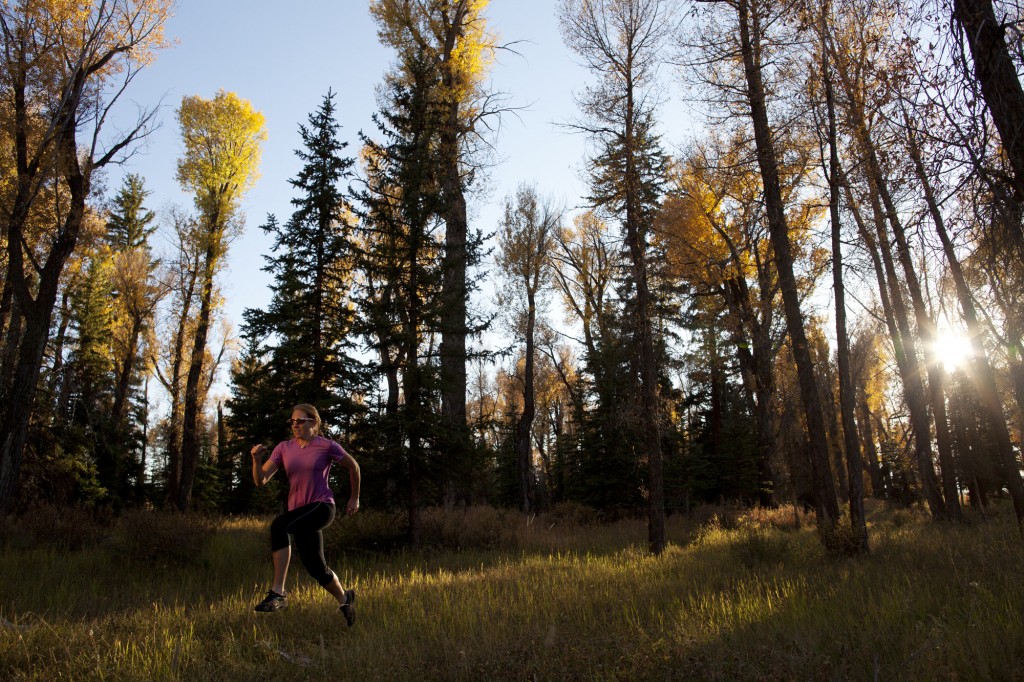Runners are generally a fairly obnoxious species, after all we are always running around, looking great, going on about endorphins and generally feeling pretty good about ourselves because we are fitter than everyone else. But today I would like to write about a particularly unpleasant member of the great running family: the morning runner.
I don’t know what it is about morning runners, but they really get my goat.* Perhaps it is because I am not a morning person and when you ask a morning runner first thing how they are, they nearly always pipe up ever so jollily, “Oh great, I’ve already been for my morning run,” pure joy filling their smug, self-satisfied little face in such a way that makes me want to punch them in said face.**
I often see them on my morning tram to work (usually when I am jammed between a woman with seven chins and some old dude with a hacking cough who hasn’t showered for a week), and there is something about seeing some blissed out morning runner bouncing past, smug-level set to ten, that fills me with rage.
When I put on my Freud hat*** and analyse the morning runner and their profound smugness, I realise that at the root of it, consciously or unconsciously, morning runners think they are better than the rest of us. They think they are the top of the tree. When you begin to grasp this you realise why they are the smuggest of an already smug species. They are smug to the power of smug. Which explains why you always want to put a boot up their arse.
The worst of it is that this smugness is further institutionalised by the fact that pretty much all races are scheduled at an ungodly hour of the morning, when most normal bodies are still coming to grips with the day, wiping sleep from their eyes and adjusting their morning wedgie. This gives morning runners a massive advantage. My dad, who was a handy marathoner back in the day, always said that if they had held marathons in the afternoon instead of the morning, he would have run two or three minutes quicker. That is some advantage for the morning runner.
The scheduling of races so early makes me suspicious, because, let’s face it, morning runners are generally not just so far up their own arses they could lick the roof of their skull, but they are also cunning, like a rat or a Liberal party senator, or some other very cunning species of rodent. The whole thing has a nasty tang about it, a dirty stink, like an old pair of running shoes left in a plastic bag; it reeks of conspiracy.
And I can sniff out a conspiracy easier than I can sniff out a KFC in an adjacent suburb. From my own careful, meticulous research****, I have found that roughly 94.236 per cent of race directors are in fact morning runners. This cannot be an accidental correlation. After all, why else would you spend all your daylight hours ostensibly organising something else for others if there wasn’t something in it for yourself? Race directors (or should I just call them morning runners) are all in it for themselves, to keep the brother/sister-hood of morning runners winning and, by extension, so full of themselves it makes you want to puke.
Clearly something has to be done about this. No one should be allowed to be this smug for this long (unless they are Daryl Somers, obviously), morning runners have to be brought back to the pack. For a start all race directors should be sacked and replaced by that most noble of the running species, the afternoon runner, then all races should be rescheduled for a more reasonable time, like the late afternoon, which is just when the smug expression of the morning runner is beginning to droop. That should wipe the smile off a few faces.
Ross ‘The Flash’ Taylor (Assoc Editor and Editor of Vertical Life, Trail Run Mag’s sister publication about rock climbing)
————————
*I don’t own a goat, in case you are wondering, we just don’t have the space as we live in an apartment.
**I am not advocating violence against morning runners, but certainly a bit of a slapping wouldn’t go astray.
***Interestingly, Freud was a big fan of the white Akubra long before Bob Katter gave it its current association with mad people.
****Five minutes of consulting with The Oracle aka Google.

